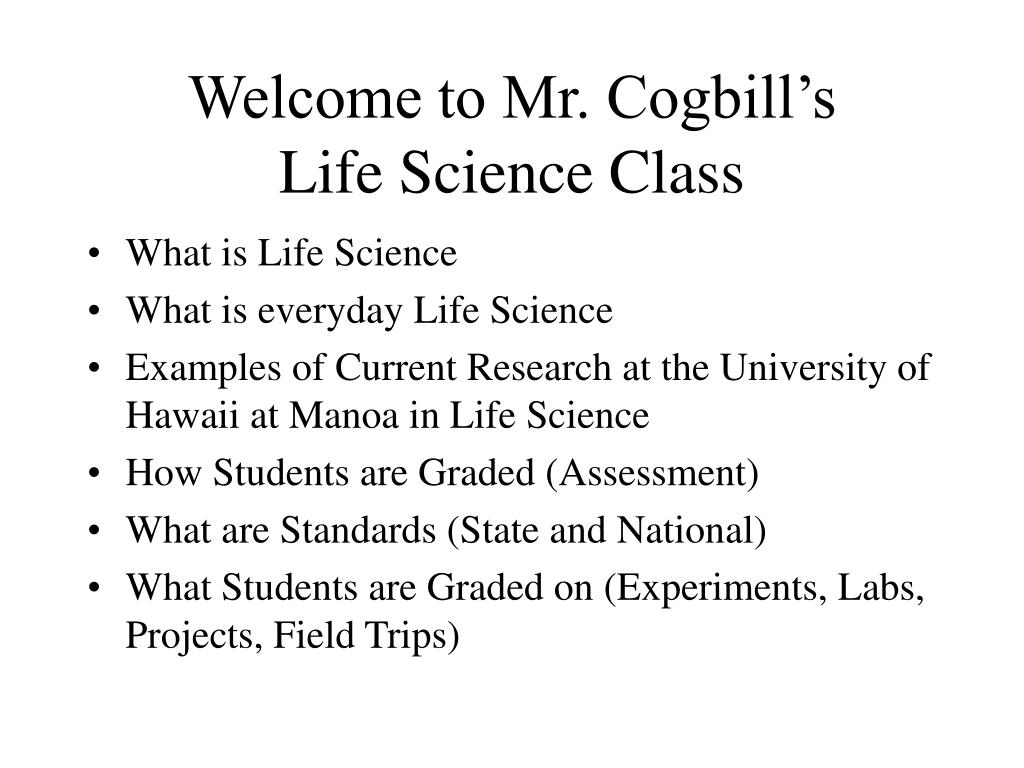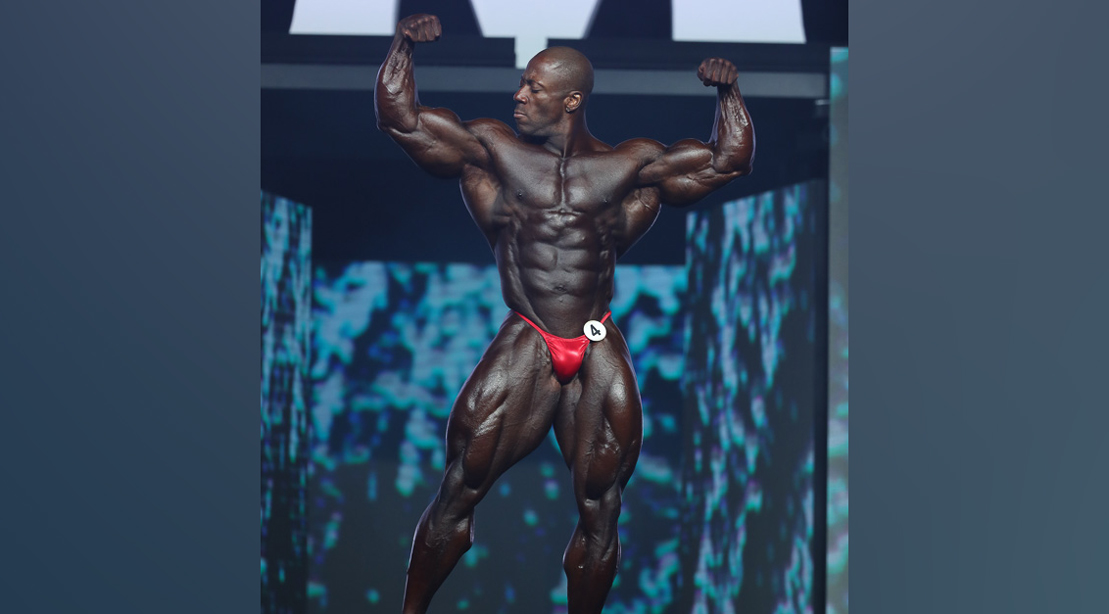World Historymr.o's
Twith the flow of Old World days; vatchlng her I seem to see the streets of old Dundee,-4i its historic ways. V are her eyes as Highland heath,.ye North and South hath mingled there, 'fiake this woman so divine, Ea all the world, this love of mine, 'j darling, wondrous fair.s. Ss—.—. IN LOVEItS LANE. All wreathed around with Virgin. Oracle at Delphi in the Ancient World: The Most Famous Shrine. Rachel Forrester-September 21, 2020. Medieval History. The Battle of Fulford, Near York, 20 Sep 1066.

World History Mr O S O

- Calendar: Daily agendas, including a list of classroom activities, homework assignments, project due dates and test days.
- Units: Major topics for study. After choosing a unit, select a particular 'lesson' for lots of downloadable PowerPoints and classroom handouts and links to YouTube educational videos.
- SOL Test Prep: End-of-semester review materials, including released tests, the World History II curriculum framework and plenty of files for review.
- Check Your Grade:Link to Parent Connection, where you can view your current average and grades on all assignments.
- Extra Credit: Opportunities to raise your grade.
- Contact Me: Send me an email or electronically submit an assignment.
- Tablets & Smartphones: Scroll to the bottom of this page and select 'Web' rather than 'Mobile' to view this site in its most easy-to-navigate format.
World History Mr Smith
Use the menu bar at the top of this page to begin exploring!


World History Mr O Sullivan
James E. Homans, editor
Kiser, John William
KISER, John William, capitalist andmanufacturer, was born at St. Paris, Ohio, 20 June,1857, the son of George Riley and MargaretEllen (McVey) Kiser. His father was a farmerand stock raiser, and accumulated over 1,000acres of rich farm lands before his death.After his preparatory education at the grammarand high schools of St. Paris, he enteredWittenburg College at Springfield, Ohio, wherehe was graduated B.A., in 1884, with the highesthonors. After leaving college, he hadplanned to pursue the study of law, but conditionsmade this impossible, and in 1884 heaccepted a position with O. S. Kelly Company,large manufacturers, of Springfield, Ohio, astraveling collector and adjuster of litigatedclaims. In 1889 he resigned this position andwent to Chicago, Ill., became identified withthe Chicago Sewing Machine Company,subsequently becoming its manager. Mr. Kiserwas practically without funds when arriving inChicago, but with the energy of a youngfarmer and the brains of a captain of industry,he took advantage of the opportunities thatconfronted him and through untiring efforts,within a few years, he had accumulated a largefortune. Out of the sewing-machine companywas evolved the Monarch Cycle ManufacturingCompany, which was organized by Mr. Kiser in1892 with a capitalization of $500,000. Hewas the president and majority stockholder.He seized the wonderful opportunity offeredby the bicycle and made this concern one ofthe strongest in the field. Cycling in theUnited States began its career in 1876 with asmall display of foreign bicycles at theCentennial Exhibition, and the riding of two orthree men who brought over bicycles fromabroad. In the course of a year some littleinterest was aroused in the new vehicle, whichhad become quite popular abroad, and anagency in Baltimore, Timms and Company,imported a number of wheels. In 1877 aneminent young lawyer of Boston began to seek hislost health on one of the steel and rubbersteeds, and he became the pioneer of the modernbicycle in Massachusetts. Other machineswere at once wanted, and in November, 1877,a commodious cycle-riding school was openedat 22 Pearl Street, Boston, giving animmediate and prosperous impetus to the newrecreation. The first bicycle club in this countrywas established in Boston in February,1878. It was called the Boston Bicycle Club,and its secretary was Frank W. Weston, whoalso was editor of the first publication devotedto the wheel, “The American Bicycling Journal,”of Boston. In January, 1878, the PopeManufacturing Company, with Col. Albert A.Pope, president, began the manufacture ofbicycles in Boston, and soon many other firmsdevoted themselves to the then phenomenallygrowing industry. The question of good roadssoon took on more importance than ever before,and in 1887 the subject was taken up vigorouslyby a few public-spirited men, John W.Kiser among them, and became a burningtopic with the already influential organization— the League of American Wheelmen. Betweenthe years of 1883 and 1887 were hold the firstgreat American racing tournaments, in Hartford, Conn., and Springfield, Mass.,respectively. They attracted wheelmen from all overthe United States, besides a number of foreignriders. Other tournaments have been heldfrom time to time, and interest in them hasalways been maintained, even in face of theavalanche of motor cars which in the twentiethcentury occupy the roads everywhere. Whenit is remembered that, in one form or another,mechanically propelled vehicles of variouskinds may be traced back to 1649, it is not tobe wondered at that the inventive genius ofman working on the problem for 250 years andmore should at last have produced a machineas nearly perfect as anything of that kindcould be. Yet as late as 1869 a bicycle withthe painfully suggestive name of a“bone-shaker” invented in France was the best thathad been accomplished up to that time, whilethe “ordinary” or “high” bicycle, consistingof one very large wheel in front — over whichsat the venturesome rider — and a very smallone behind, was a common object on Americanroads in 1885. This machine was possible foryoung and active men and even they werelikely to take a “header” when the wheelstruck some unexpected obstruction in the road.It was now that Mr. Kiser and othermanufacturers set themselves seriously to devise abicycle that should be convenient, comfortable,and safe, for women as well as for men. Theresult was the low, “safety” type which hasnever been materially altered since first itcame upon the market. With its original steelframe, spring saddle and pneumatic tires, itsupplies all the demands of cyclists, both forbusiness and pleasure, and the only wonder isthat it was not invented long before. In 1899Mr. Kiser sold the Monarch Cycle ManufacturingCompany to the “Bicycle Trust,” and inso doing displayed that fine judgment whichhas crowned all his business ventures withsuch phenomenal success, for very shortly thecrash came. He saw that the automobile wouldsoon succeed the bicycle in popular esteem andso conserved his resources at the outset. In1902 he became identified with the PhœnixHorse Shoe Company, becoming its president in1907. It is the largest company of its kindin the world. The Phoenix Company hadalready been organized by Charles W. Miller andhad a plant at Poughkeepsie, N. Y. On Mr.Miller's retirement he was succeeded by hisson, Elishua Miller. When Mr. Riser enteredthe company, a second plant was built at Joliet,Ill. The company is now capitalized at$3,000,000 and he held practically all the stock.While attaining such a marked success in thebusiness world, Mr. Kiser did not forget thetown in which he was born, but went to St.Paris often, and there he built a beautifulsummer home. He did many other things thathave made St. Paris rejoice that the boy whowent forth from that town in search of hisfortune succeeded so well. One of his favoriterecreations was farming. As he bought manyfarms in Ohio, his friends laughingly said thathe aspired to own all of Ohio. At any ratehis holdings of land in some of the Ohio countieswere so great as to cause him to bedescribed as the “owner of counties.” Thefoundation on which rests a people's personalrights and liberties is that law should besupreme, giving to every individual perfectjustice and protection from unjust oppression.This necessarily applies to religion, business,and politics. Thus declared our Americanforefathers, and it is the making and upholdingof such a document that America hasbecome typical of human endeavor and aglorious freedom. Thus men of initiative, men ofintellect and a high sense of justice andresponsibility, have been attracted to the variousbusiness professions, where, without fear ofclan or caste, they could work out their ownsalvation in the industrial world. The greatmetropolis of Chicago ofliers a wide field formen of push and perseverance, and a uniqueexample among those who had overcome andconquered insurmountable business obstacleswas John W. Kiser, Sr., whose name today, inthe Middle West, is a synonym for honesteffort, fair play, and whole-hearted loyalty.To the student of history, Mr. Kiser's career isinteresting to follow. Coming to Chicago,virtually penniless, through close application tobusiness and many self-sacrifices, he rose to thetop round of business success and ranked asone of the representative business men of thetwentieth century. He was a tireless workerand never permitted amusements or socialaffairs to interfere with his many responsibilities.He was a typical, energetic, self-madebusiness man of highest ability, and has set awonderful example to young men of the presentgeneration, thus demonstrating thatthrough self-privations, perseverance andstick-to-itiveness one can succeed and be able toovercome almost any business difficulty. Mr.Kiser had an unusual personality and hischaracteristics were strongly marked. He won theinstant respect of all with whom he came incontact and the lasting friendship of those withwhom he was frequently thrown. His ruggedhonesty and his loyalty in every relation inlife were traits that stood out boldly. Oneof his most conspicuous traits of character wasaffability. If he ever employed a hand ofiron, it was always incased in a velvet glove.Unusually quick in reaching decisions, evenupon most vital questions, his manner wasinvariably courteous, one might say almost gentle.His mind seemed to be able to accomplishits tasks without generating undue heat, andhe was a notable example of practical businessefficiency, totally devoid of brusqueness. In1902 Mr. Kiser built a beautiful home at 3357Michigan Avenue, Chicago, where he resideduntil 1912 when he made his home in NewYork City. When in Chicago he residedtemporarily at the Blackstone Hotel, but hispermanent home after 1912 was maintained atthe Ritz Carlton Apartments in New YorkCity. He was a member of the Union League,Chicago Athletic, Mid-Day, Glen View, SouthShore Country, the Historical Society, and theChicago Golf Clubs of Chicago; the SpringfieldCountry Club of Springfield, Ohio; theAutomobile Club of America; the BlinkbrookCountry Club and the Ohio Society, both ofNew York City. He was a director in theFirst National Bank, First Trust and SavingsBank, and the Miehle Printing Company, all ofChicago. Politically he was an independentDemocrat His favorite recreations are golf,yachting, and tennis. He was married to MissThirza Wilhelmina Furrow, of St. Paris, Ohio,18 Sept., 1884, and two children were born ofthis marriage: Furrow John Riser (b. 1895;d. 1902) and John William Kiser, Jr. (Yale1915). John William Kiser, Jr., succeeds hisfather and will no doubt carry out the samepolicies which have made the business such aleading factor in its special line. Althoughyoung and just out of college, he has showngreat business capacity and will in allprobability follow the lines of success laid out byhis father.

